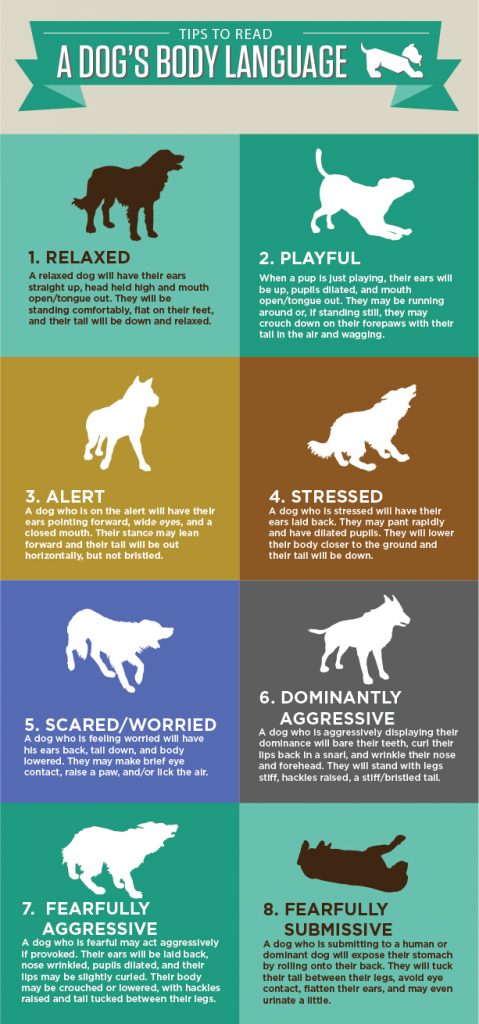Prevent Dog Bites By Knowing the Signs
Dog bite injuries annually account for more than one-third of homeowners’ insurance liability claim dollars, according to the Insurance Information Institute, and more than 4 million dog bites are reported each year. If you know how to prevent dog bites, you can make sure you’re not one of those 4 million.
Approximately 1 in 5 dog bites requires medical attention, according to the Centers for Disease Control and Prevention, and in some cases dog bite injuries are accompanied by a need for costly surgeries or long-term care. If you were injured by another person’s dog in the greater Denver area, please call the Denver personal injury attorneys at the Frickey Law Firm at 303- 237-7373 for a free consultation to learn more about your options. Depending on the circumstances of the bite, our lawyers may be able to help you pursue the compensation you need to cope with medical expenses and other damages.
Most dog bites can be avoided, and there are things you can do to lessen the risk of a bite even if you’re in the presence of an aggressive dog. Dogs may not speak the same language as humans, but they are excellent communicators; canines, however, convey their feelings mostly through body language.
A dog who is relaxed will have its ears up or resting against its head. It will hold its head high, and its mouth will likely be at least slightly open with its tongue out. It will stand flat and at ease, with its tail down.
A playful dog will hold its ears up and crouch with its forepaws extended and its rear in the air. Its tail will likewise be pointed upward and may be wagging. The dog may breathe more heavily than normal in preparation for play.
A dog who is on the alert will hold its ears upright or point them forward; its eyes may widen, and it may close its mouth. The dog’s stance will likely be a bit forward-leaning, and it may hold its tail out horizontally.
Signs of a Dog Ready to Bite
A stressed dog will lay its ears back, and it may pant rapidly and have dilated pupils. The dog may lower its body closer to the ground and hold its tail down.
A dog who feels scared or anxious will have its ears back, its tail down, and its body lowered. A worried dog may not make direct eye contact, and it may paw or lick at the air.
A dog who is displaying its dominance may curl its lips, bare its teeth and wrinkle its snout. It will stand stiffly with its hackles raised, and its tail may go stiff and bristly.
A fearful dog may act aggressively if provoked. In these cases, a dog will lay its ears back and snarl, and it may growl. It will likely lower its body or crouch while raising its hackles and tucking its tail.
A submissive dog will roll onto its back and expose its stomach. It may also flatten its ears and tuck its tail between its legs; in some cases, it may urinate a little.
Recognizing these body positions and other physical signals can help keep you safe in the event that you encounter a strange or potentially dangerous dog.
If you or a family member was hurt by another person’s dog, the Denver injury attorneys at the Frickey Law Firm are here to help you recover the financial security you need. Please contact us for a complimentary consultation
